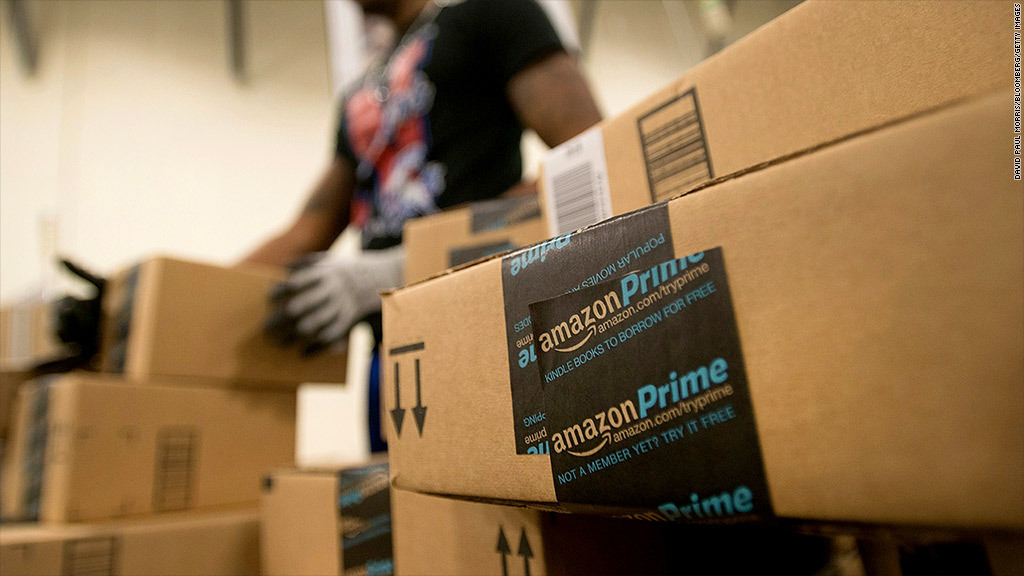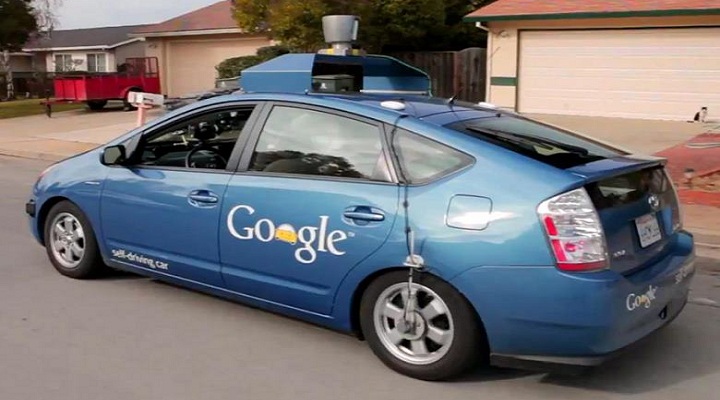
Google and Amazon have been trying for a long time to make deliveries of products possible to homes using drones. There is no doubt that an entire set of industries is focusing on how it can make use of drones. From retailers and wholesalers to medical industry, everyone is curious to know what potential drones have for their industries.
However, the biggest problem with having so many drones working for so many companies is that they will give rise to busy air traffic routes. Just like airlines, these drones will have to be managed in order to avoid collisions. In fact, the number of drones flying in the air at any given moment will be much higher than there are planes in the sky at the same time. So the challenges, without a doubt, are big.
Google’s Alphabet subsidiary, namely Project Wing, is one of the many projects that aim to make traffic control possible for drones in the future. James Burgess, the co-leader of Project Wing, has talked about the project and informed media that a prototype of the traffic controls system for drones is already in the testing phase.
The tests were done under the supervision of Federal Aviation Administration and NASA. When software was put to test, it had to control multiple drones in the air at the same time and manage their flight paths. The prototype was successful at doing that empowered by Google Maps and many other Google repositories.
With a system like this, future companies will be able to send their own drones in the skies without fearing any collisions. In fact, people living in homes will also be able to use some part of this software to fly many drones at the same time without causing any troubles to the air traffic of unmanned aerial vehicles.
The big companies working for drone air traffic control systems have given their views by saying that in the near future many companies will be flying their drones for various purposes. This will give rise to air traffic wherein thousands of drones will be in the air at any given moment. The tests performed under Project Wing were only for 3 drones at the moment. While they were successful, nothing much can be said about the effectiveness of the software for thousands of drones.
During the test, the drones were given different tasks and their flights were automated. One of the drones was making deliveries of the packages whereas the other drones had rescue missions added to their tasks. The test went pretty good.
Controlling air traffic for drones is not only a matter which is best if it gets resolved right now but it will also give companies like Google and Amazon to have an upper hand when in future there are drones flying in the air and their systems will be considered the standard worldwide. Google, with its tests of the air traffic control software, has taken the first right step.











![Watch Video Now on xiaohongshu.com [以色列Elevatione perfectio X美容仪 perfectio X 全新仪器黑科技了解下]](https://www.techburgeon.com/wp-content/uploads/2019/07/perfectiox-singapore-150x150.jpg)
